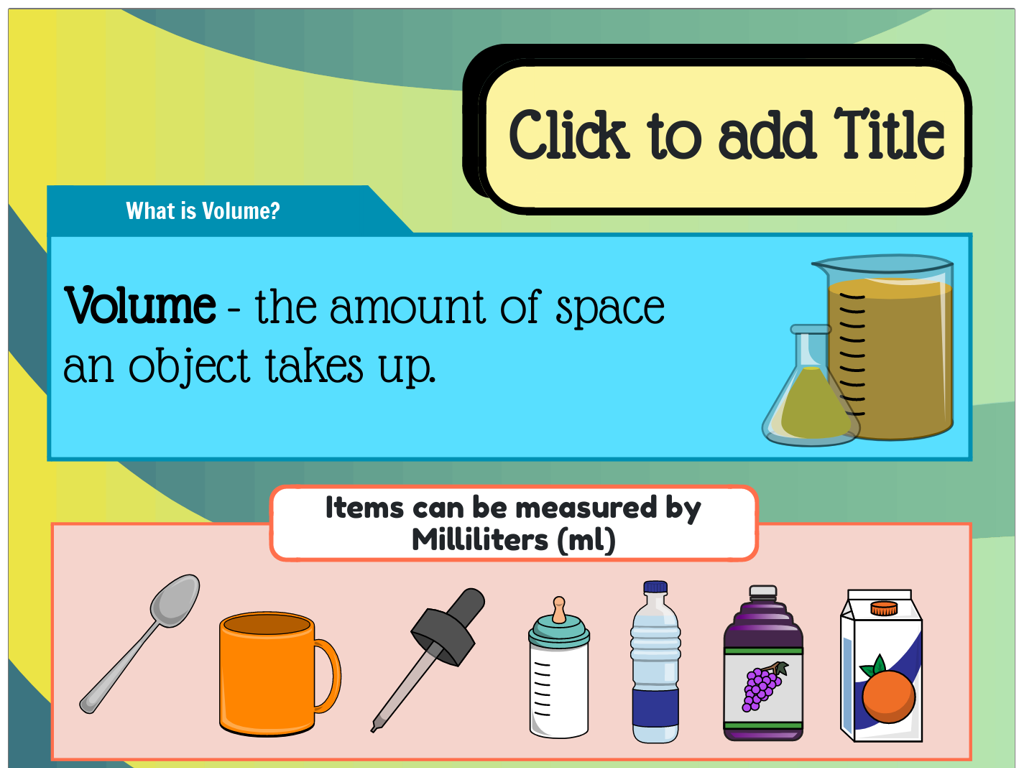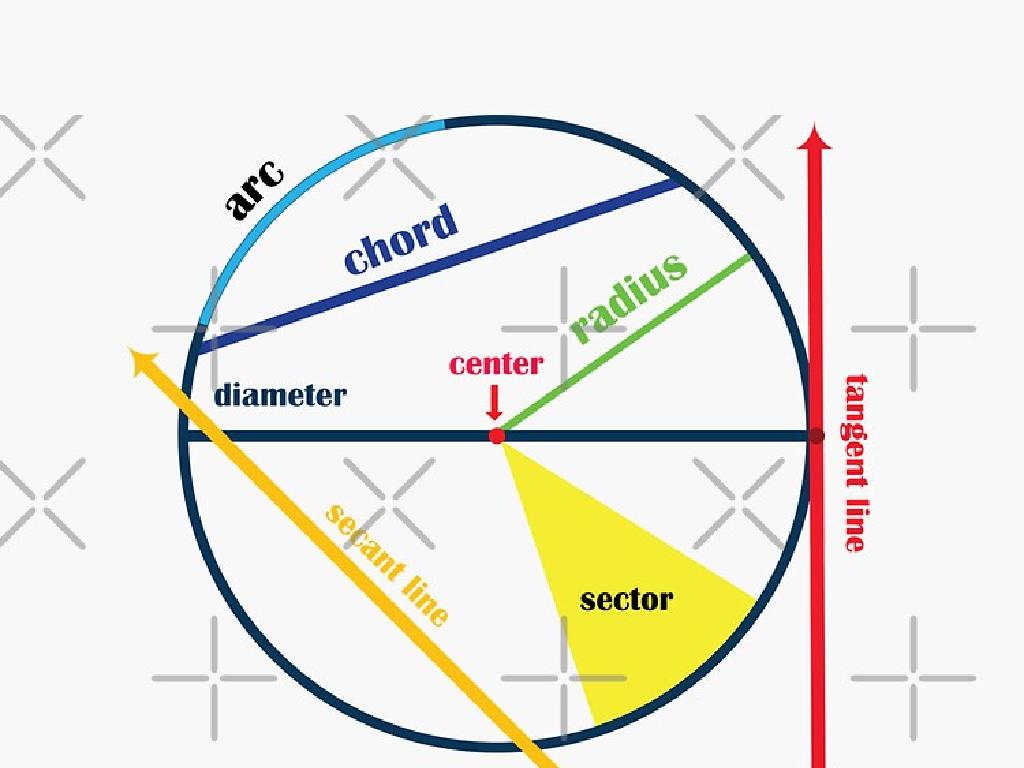Determine The Meaning Of Idioms From Context: Set 2
Subject: Language arts
Grade: Fifth grade
Topic: Idioms And Adages
Please LOG IN to download the presentation. Access is available to registered users only.
View More Content
Introduction to Idioms
– What are idioms?
– Phrases with a meaning different from the literal words
– Purpose of idioms in language
– To express ideas in a creative, vivid way
– Examples of common idioms
– ‘Piece of cake’ means very easy, ‘Break the ice’ means to start a conversation
|
This slide introduces the concept of idioms to fifth-grade students, aiming to explain that idioms are phrases where the words together have a different meaning than the dictionary definitions of the individual words. Emphasize that idioms are used to make language more colorful and expressive. Provide examples like ‘piece of cake’ to illustrate that it doesn’t mean an actual cake but rather something that is easy to do. Similarly, ‘break the ice’ doesn’t mean to literally break ice but to initiate a conversation in a social setting. Encourage students to think of idioms they have heard in conversations or in media. The goal is to make them aware of idioms’ presence in everyday language and to start recognizing and understanding them in context.
Understanding Idioms: Reading Between the Lines
– Idioms: Expressions with a twist
– Idioms are phrases where words mean something different than they say.
– Context: The key to unlocking idioms
– Words around an idiom in a sentence help figure out its playful meaning.
– Idioms make language exciting
– Idioms add color and humor to our conversations and writing.
– Practice: Decipher idioms together
– We’ll look at examples and try to guess the meanings as a class.
|
This slide introduces students to the concept of idioms, emphasizing that they are not to be taken literally. It’s crucial to explain that the meaning of an idiom is different from the direct interpretation of the words it contains. Context is our best tool for understanding idioms, as it provides hints about what the idiom is conveying. Highlight the fun aspect of idioms and how they make language more vibrant and engaging. Encourage students to enjoy the playful nature of idioms and to not be intimidated by them. In the next class, we will practice with examples, where students will use context clues to determine the meanings of various idioms. This activity will help solidify their understanding and appreciation for this quirky aspect of language.
Idioms in Action: Deciphering Meaning
– Read a story with idioms
– Find idioms as you read the story
– Spot the idioms used
– List the idioms you find in the story
– Discuss each idiom’s meaning
– Guess what each idiom could mean
– Relate idioms to the context
– How do idioms fit the story’s events?
|
This slide is aimed at helping students understand idioms through the context of a story. Begin by reading a short story that contains several idioms. Encourage students to identify the idioms as they come across them. After reading, have a class discussion about the idioms and their meanings. Ask students to explain the idioms in their own words and how they relate to the context of the story. This exercise will help students see how idioms often convey meanings that are different from the literal meanings of the words and how context provides clues to understanding. For the activity, consider having students work in small groups to find idioms in the story and discuss their meanings together before sharing with the class.
Understanding Idioms: Set 2
– Define ‘Hit the hay’
– ‘Hit the hay’ means to go to bed.
– Use ‘Piece of cake’ in a sentence
– ‘This math problem was a piece of cake!’ means the problem was very easy.
– Explain ‘Break the ice’
– ‘Break the ice’ means to start a conversation in a social setting.
– Visualize ‘Under the weather’
– Drawing of someone with an umbrella in the rain to represent feeling sick or ‘Under the weather’.
|
This slide introduces students to a new set of idioms, providing definitions and context for understanding. ‘Hit the hay’ is a colloquial way to say go to bed, which can be used in a sentence like ‘After a long day of work, I can’t wait to hit the hay.’ ‘Piece of cake’ is a phrase used to describe something very easy or effortless. For ‘Break the ice,’ students can discuss how they might start a conversation with someone new. Lastly, ‘Under the weather’ is a common idiom for feeling ill, and a visual representation can help solidify the concept. Encourage students to create their own sentences and drawings to deepen their comprehension of these idioms.
Practice with Idioms: Set 2
– Fill in the blank with the right idiom
– Use context clues to figure out which idiom completes the sentence
– Match idioms to their meanings
– Connect each idiom to what it actually means
– Create sentences with Set 2 idioms
– Use your creativity to make up a sentence using a new idiom
– Share your idioms with the class
|
This slide is designed for a class activity focused on understanding idioms through context. Students will first practice by filling in the blanks in given sentences with appropriate idioms from Set 2. Then, they will match a list of idioms to their correct meanings, reinforcing their understanding of each phrase. Next, students will create their own sentences using idioms from Set 2, which encourages them to think about how idioms fit into everyday language. Finally, they will have the opportunity to share their sentences with the class, allowing for peer learning and teacher feedback. For the teacher: Prepare a worksheet with sentences and a list of idioms for the matching exercise. Have a few examples ready to demonstrate the activities, and consider creating small groups for discussion to make the sharing part more interactive.
Class Activity: Idiom Charades
– Act out an idiom without speaking
– Classmates guess the idiom
– Discuss literal vs. idiomatic meaning
– ‘Spill the beans’ literally means to tip over beans, but idiomatically it means to reveal a secret.
– Reflect on the activity
– Think about what was easy or hard to guess and why.
|
This interactive activity is designed to help students understand idioms beyond their literal meaning through a fun game of charades. Each student will take a turn to act out an idiom while the rest of the class tries to guess it. After the correct idiom is guessed, discuss as a class what the idiom means literally and what it means in context. For example, ‘let the cat out of the bag’ literally would mean to release a cat from a bag, but idiomatically, it means to reveal a secret. Encourage students to think about the clues that helped them guess the idiomatic meaning. This activity will help students grasp the concept that idioms express meanings that are different from the literal meanings of the words. Possible idioms for the activity: ‘break the ice’, ‘hit the books’, ‘piece of cake’, ‘cost an arm and a leg’.
Review and Reflection: The World of Idioms
– Recap today’s idioms
– Go over the idioms we explored in class
– Discuss our idiom discoveries
– Share interesting facts or surprises about idioms
– Reflect on idioms in language
– Think about how idioms add fun to our conversations
– Idioms make language vibrant
– Examples: ‘Piece of cake’ makes us think of something easy, not dessert!
|
This slide aims to consolidate the day’s learning by reviewing the idioms discussed in class. Encourage students to share their own findings or any idioms they found particularly interesting or surprising. Discuss how idioms, which are expressions that cannot be understood from the meanings of their separate words but must be learned as a whole, add flavor and color to our language, making it more expressive and creative. Use examples to illustrate how idioms can paint vivid pictures in our minds or convey complex ideas in a few words. This reflection will help students appreciate the richness of language and the role of idioms in communication.
Homework: Unraveling Idioms
– Find an idiom in a book or show
– Record the sentence with the idiom
– Explain the idiom’s meaning
– Use context clues to figure out what the idiom means
– Share your findings in class
– Get ready to discuss how you understood the idiom
|
This homework assignment is designed to help students recognize idioms in everyday language and literature, and to understand their meanings through context. Encourage students to pick a book or show they enjoy, which will make the task more engaging. Remind them that idioms are phrases that can’t be understood from the literal meanings of the words; they have a separate meaning of their own. Instruct students to write down the sentence where they found the idiom to help them remember the context. When explaining the idiom, they should try to put it in their own words, which will demonstrate their understanding. During the next class, students will share their idioms and explanations, fostering a collaborative learning environment where they can learn from each other’s findings.






